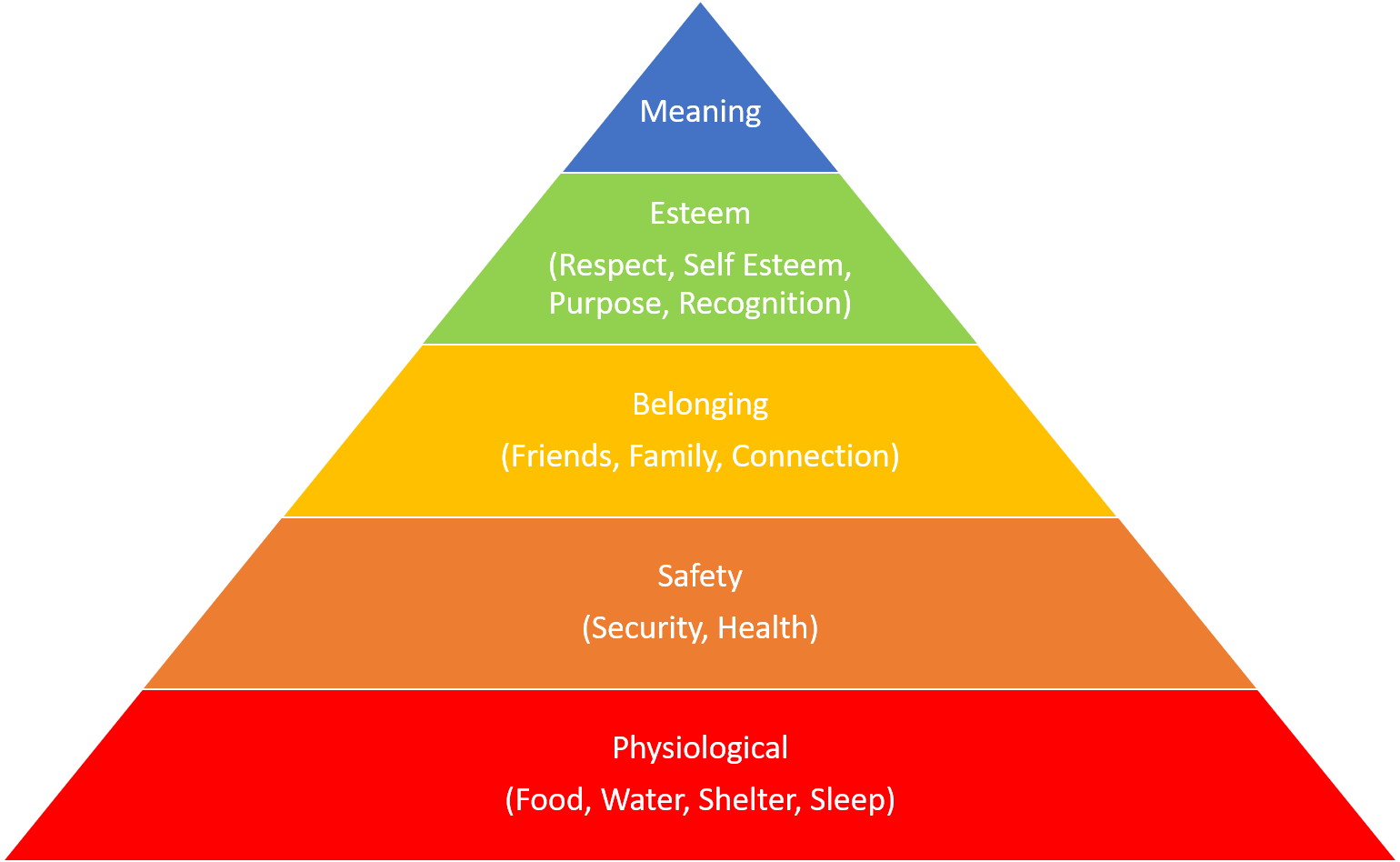Getting Your Plan Executed Really Well
One of the most challenging aspects of running a business is making sure your team is executing the right plan really effectively.
This article shows you a few ways you can tackle that challenge.
1. Develop a really clear Plan
This might sound a little basic as a starting point, but you’d be surprised at how many businesses don’t have a clear, concise written plan which lets every part of the business know what their objectives and contribution to the overall business result are.
I’m not talking about a 40 page document that you create once for a funding application and then consign to a bottom drawer which never gets opened again. I’m talking about a basic one or two page document that defines what the outcomes, objectives and goals of the business are for the long, medium and short terms (think 5, 3 and 1 years).
This is a good place to start. There’s a lot of different formats out there you can read about or pick up on the web. The one I use is a mix of visual, numbers and text based objectives and this works with smaller businesses (think 10-15 employees, one site, simple management structure) up to much larger businesses (100+ employees, multi site, management team in place).
Keep it simple and concentrate on the 5 to 7 moving parts of your business and how you develop them.
2. Communicate the Plan
Again, this may sound fairly basic but many companies just don’t do it. Often plans are developed at the MD or management team level but when asked, the people responsible for doing the work of the business have no idea what those plans look like.
To get people enrolled and engaged in the work of the business, it’s really important that they understand the direction and the objectives of the business and what part they play in achieving those objectives.
Even the most enthusiastic, committed team members will struggle to be effective if they don’t know how their work is helping to further the goals of the business.
So, if you asked your team what the purpose is of the tasks they perform every day, what would they say? Even better, ask them! You may be surprised.
3. Get your Team Involved and Engaged
If Communicating the Plan is about your team needing to know how they’re contributing to the success of the business. Engagement is about WHY they should want to contribute.
Maslow’s hierarchy of needs describes motivations and needs for human beings in levels of importance, it also applies to the workplace.
Here’s what it looks like

As human beings, our most basic needs (first level of the pyramid) are for shelter, food, water, sleep and so on. If any of those elements are missing (think times of war, famine, depression) they are the first things we will look to find. In the work environment, this translates to being able to work to put food on the table for our families.
Next we will move on to thinking about safety, security, health etc. In the workplace, this translates to job security, prospects, longevity of the work and how safe that work is (in both meanings of the word).
Then we move on to building a sense of belonging, building friendships, connections, relationships and purpose in our lives. In a working environment we look not only for a safe way to feed our families but also to build connection with colleagues, with our teams, with customers, suppliers etc. A sense of belonging to the team and to the company. A sense of alignment with our own values and sense of purpose. We start to choose.
After that we start striving for self esteem and respect in whatever form that resonates with us as individuals. In teams this is about developing high competence, peer respect and purpose. Think of someone you know who is really skilled at what they do and really enjoys it. This level means they build their identity around being that person.
Finally we no longer worry about the first 4 levels and we start searching for a higher purpose. Looking to leave an impression on the world and become the most we can be. Think of someone you know who has enough money, they have other ways to spend their time and nothing left to prove. But they still do what they do every day.
And next …. ?
So, back to Getting your Plan Executed. You can just develop and communicate. At it’s most basic that’s what happened in the mills and factories of the industrial revolution. But to do it really, really well, think about how you as the leader of your business are getting people involved and engaged. Maybe that’s more of a Port Sunlight or Bourneville approach.
-
-
-
- How are you nurturing that sense of belonging?
- How are you helping your teams develop that sense of purpose, esteem, competence and respect?
- How are you (and your teams) developing the environment in which you can all flourish?
-
-
As far as the practical part of defining and communicating the plan, I really like the simple concept of OKR’s as described in John Doerr’s book Measure What Matters.
What’s important is that you’re giving your team the information and the structure they need and the environment to recognise great work or challenge for improvement.
Finally, it’s about setting up the processes and disciplines to make it all work.





